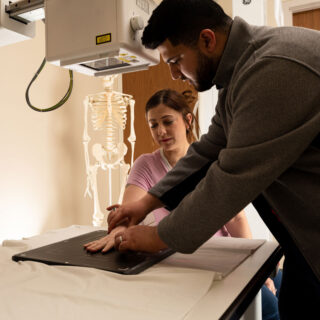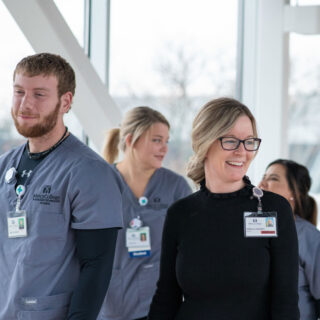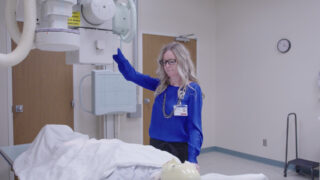The Radiography program is accredited by the Joint Review Committee on Education in Radiologic Technology
20 North Wacker Drive, Suite 2850
Chicago, IL 60606-3182
312-704-5300
Email: mail@jrcert.org
The program's current accreditation award is 8 years. General program accreditation information and the current accreditation award letter can be found here.





